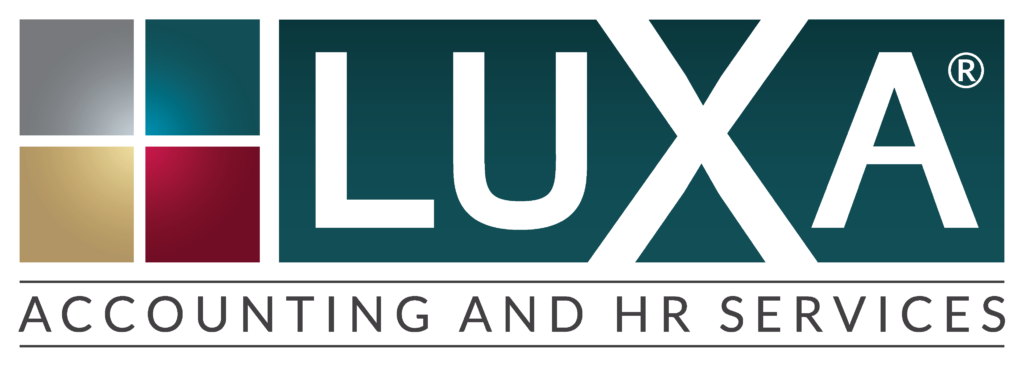
Is your organization considering a succession plan in your company’s development phasing? Many companies are. What’s more, companies that do consider succession planning eventually find they are biting off more than they can chew. Many factors, including many you might not have considered, arise from the mention of who will be next in charge. We have a few business management tips we would like to share that might ease the transition of a succession planning session for you.
The companies that do consider “changing the guard” and seating new talent in the drivers seat to their company must ask themselves many internal questions that pertain to their internal and external resources. This breakdown is a suggestive guide of where we see most of our experience in succession planning and how we set up their procedural process of bringing in new talent to lead the company.
1. Deciding on internal vs external hiring
Not only is it cost effective to look from within your own group of middle managers, the message an organization sends to their group of internal consideration is an important factor. Determining what your considerations are and how you perceive your talent, even though the fit might be better from an external hire, could satisfy the anxiety that one feels with this kind of change.
One key factor in deciding on who to hire or promote is looking at what other organizations do, study their succession moves. Also, look into what types of roles your middle managers perform and how that translates into the new role for your company leader. What are other leaders doing that is similar and successful?
2. Implement a 9 box grid
A 9 box grid is a popular tool used in succession planning because it measures how an employee is contributing to the company based on their “potential” and “performance”. The X axis in the assess potential based on low, medium and high indicators. The Y axis indicates whether an employee is performing at under, effective, or outstanding levels of performance. Usually, a good candidate for succession will fall to the upper right corner of the box indicating they are a high potential and outstanding performing candidate.
This tool is not only good for succession planning but also for coaching purposes. Management can decide whether or not to continue to develop a low potential and under performing employee versus how to re-engage a low potential, effective performing employee.

3. Collect background and experiences on potentials
Begin to gather more information as you narrow down your choices on those high potential, outstanding performing candidates. Gather information such as their experience, performance ratings and career aspirations, as well as their desire and willingness to work in different locations or other parts of the business.
4. Get objective using cognitive testing
Using a variety of tools to gather data is a good way of remaining objective in your decision. Here are a variety of tests you can consider:
- Verbal and numerical reasoning tests
- Personality questionnaire
- Motivation assessment
Once you collect this data, analyze the information and compare it to their current role in the company. Does it match their career goals? Create a profile report for each candidate.
5. Perform one-on-one interviews
Get granular feedback on each individual candidate’s strengths, motivation, work preferences and behaviors to indicate any misalignment’s that could disqualify them from consideration. Use the information you gather to build specific development needs and help develop their own independent development plan.
6. Make sure you tell them they’re appreciated
With succession planning, not only is it important to fill roles at the top internally but this implies positions left to be filled. Promoting from within where possible tells your manager that you appreciate them and are confident in their abilities to take on new challenges. Work with newly promoted managers to expand their skill sets and provide opportunities for them to develop. As you move up your senior or talented players, continually asses and identify strengths and opportunities to add to your succession plan.
These business management tips are for you to consider further discussion. Using a more data-driven approach in succession planning can keep the objectivity out of your decision process and help you gather a more holistic view of your organization through metrics performance and need analysis.
Source: www.shrm.org/templatestools/hrqa/pages/whatsa9boxgridandhowcananhrdepartmentuseit.aspx, www.hrzone.com/engage/managers/how-to-implement-data-driven-succession-planning
LUXA Enterprises specializes in hrm services, outsource accounting, and payroll services . We match up with ideal candidates for services by allowing small to mid-size businesses increase focus on their growth through outsourcing. If you want to know how we can help you, contact us today!


